Autostereogram & hidden 3D images
Autostereograms guide
Autostereogram: A Fascinating World of 3D Images Hidden in Plain Sight
Autostereograms, often called “single-image stereograms” or just “stereograms,” are fascinating images that let us see 3D shapes hidden in a 2D design. These visual tricks have become popular recently, especially with the rise of digital art. Many people enjoy the challenge of finding the hidden 3D picture in an autostereogram, which can keep them entertained for hours. In this article, we will take a closer look at autostereograms, their background, how they function, their uses, and tips on how to make and view them yourself.
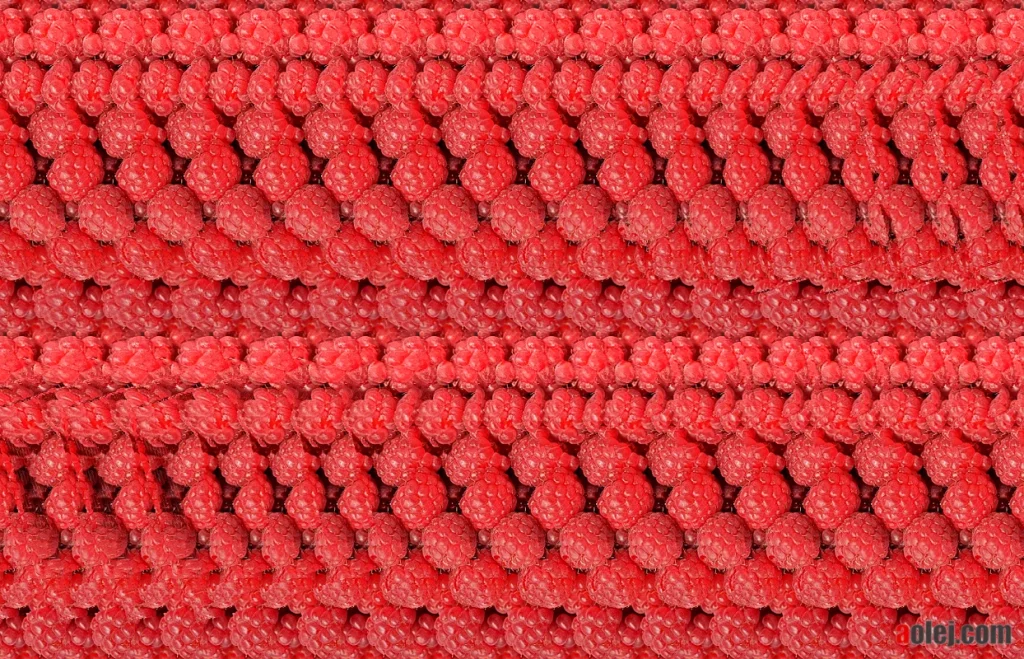
An autostereogram is a two-dimensional (2D) image that creates the illusion of a three-dimensional (3D) scene when viewed correctly. Unlike traditional stereograms, which require a stereoscope to merge two separate images, autostereograms allow the brain to perceive depth from a single image using only the naked eye.
These fascinating illusions work by exploiting binocular disparity—the slight difference in perspective between your two eyes. When you focus beyond or in front of the repeating patterns in an autostereogram, your brain fuses the images to reveal a hidden 3D shape.
Autostereogram vs. Stereogram
Stereograms require a stereoscope to merge two offset images into one 3D scene. If images are small placed side by side, you can see it without stereoscope.
Autostereograms use a single image with repeating patterns, allowing the brain to perceive depth without any special equipment. Today autostereograms are referred to as stereograms.
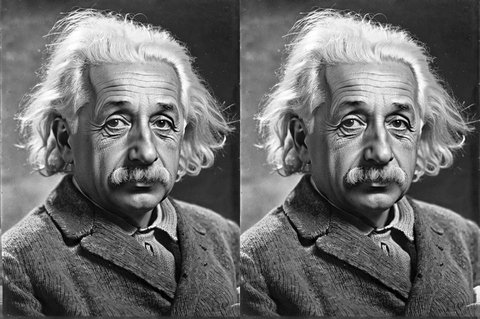
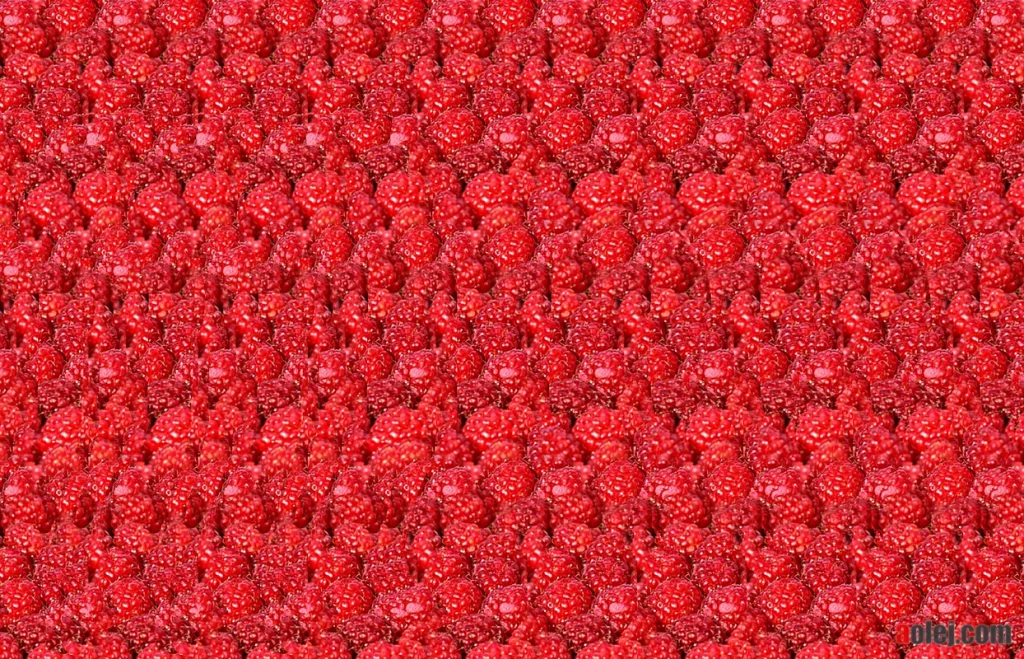
What Are Autostereograms?
Autostereograms are special images that trick your eyes into seeing a 3D object or scene from a flat 2D picture when you look at them correctly. Unlike regular stereograms that need two different images for each eye to show depth, autostereograms use just one image with repeating patterns. When you adjust your focus, a hidden 3D shape appears, using a technique called parallel or divergent viewing.
In simple terms, autostereograms look flat at first but can show hidden 3D shapes when you focus your eyes in a certain way. This optical trick takes advantage of how our brains understand depth and space, letting us see a 3D form even though the image is flat.
The Origin and History of stereograms
The concept of stereoscopic vision dates back to 1838, when Charles Wheatstone invented the stereoscope, demonstrating how two slightly different images could create a 3D effect. Later, in 1844, David Brewster discovered the “wallpaper effect,” noticing that repeating patterns could produce depth when viewed with adjusted focus.
Stereograms originated in the 1950s when researchers focused on how our eyes perceive depth and differences between them. In the 1960s, Hungarian scientist Bela Julesz made a significant impact by creating Random Dot Stereograms (RDS) to explore how we process visual information. His innovative contributions helped both scientific studies and the rise of stereograms in art and entertainment. In 1979, Christopher Tyler furthered this work by developing the autostereogram, enabling people to see 3D images without any special tools.
As time passed, stereograms transformed from scientific instruments into engaging visual challenges and artistic pieces, becoming especially popular in the 1990s with the launch of “Magic Eye” books. These developments illustrate the connection between scientific exploration and cultural trends, highlighting the lasting fascination with RDS.
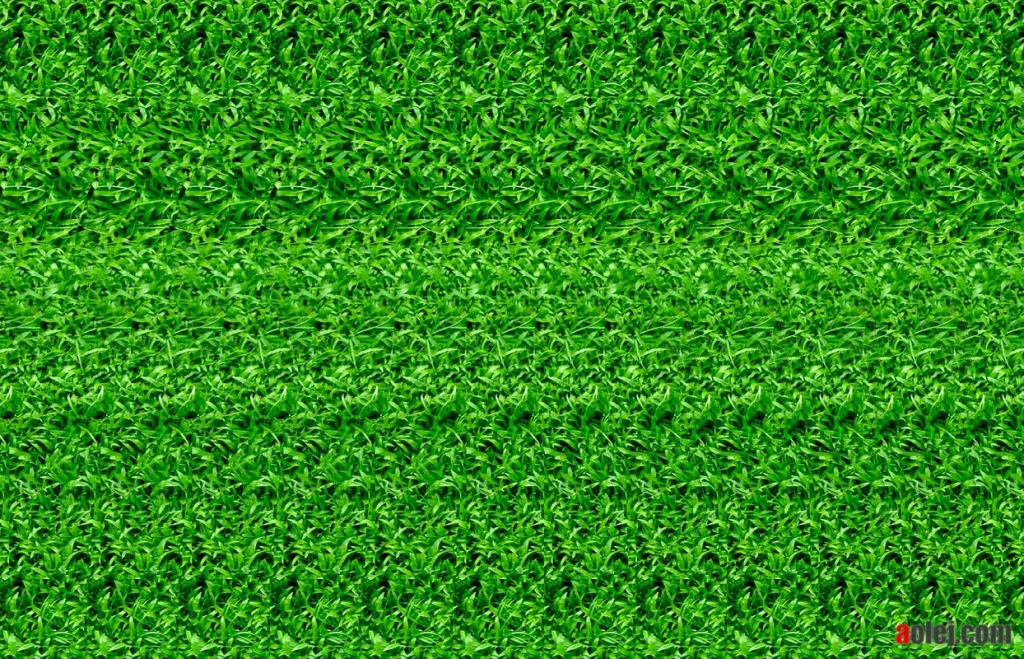
Key Concepts Behind stereograms
Visual Perception and Depth Cues
Visual perception involves the brain interpreting cues to construct a 3D representation of the world. These cues include binocular disparity, convergence, and motion parallax.
How the Brain Processes stereograms
When viewing a Stereogram, the brain uses small differences between the images seen by each eye to merge them into a cohesive 3D form. This process highlights the brain’s remarkable ability to extract meaningful information from seemingly random visual input.
How Do Autostereograms Work?
Autostereograms rely on stereopsis—the brain’s ability to merge two slightly different images into a single 3D perception. Here’s how they create depth:
Repeating Patterns – The image consists of horizontally repeating elements (like wallpaper).
Depth Cues – Small variations in spacing between patterns trick the brain into perceiving depth.
Binocular Vision – Each eye sees a slightly different part of the pattern, and the brain combines them into a 3D illusion.
Types of Stereograms
Single-Image Random dot stereograms or Random dot stereograms (SIRDS or RDS)
SIRDS was the most common type, featuring a single image that requires specific viewing techniques to reveal the hidden 3D content. RDS was replaced by SIS/HIS due better visuals.
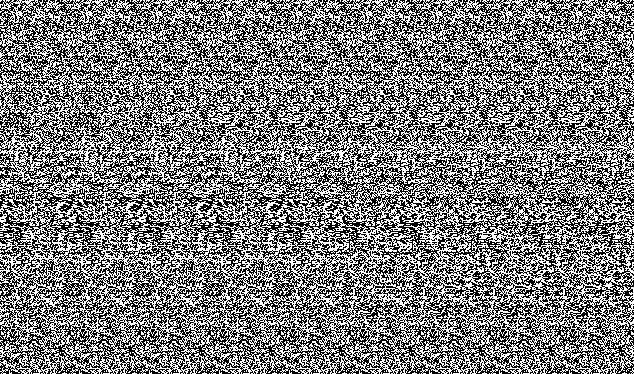
Hidden image stereograms (HIS) or single image stereogram (SIS) or autostereogram
SIS is the type most linked to Stereograms. These images became popular in the mid-1990s. You can’t see the object or text until you look at it with parallel vision. See free SIS stereogram gallery.
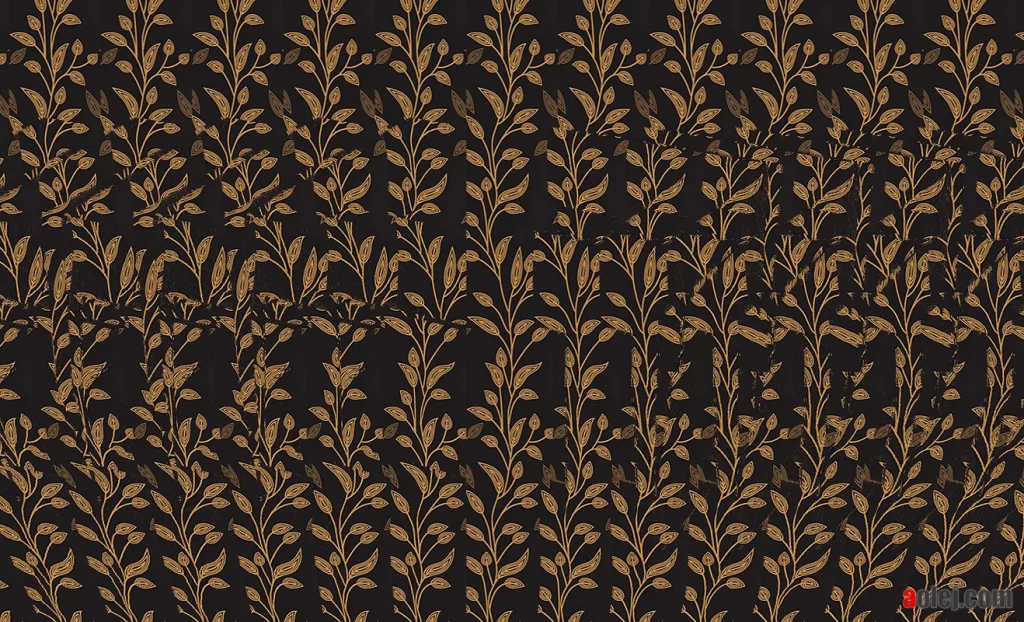
Object Array Stereogram (OAS)

Mapped Textured Stereogram (MTS)
MTS uses a map of the object rather than a random pattern. This provides more detailed images, but sometimes objects and text are not completely concealed.
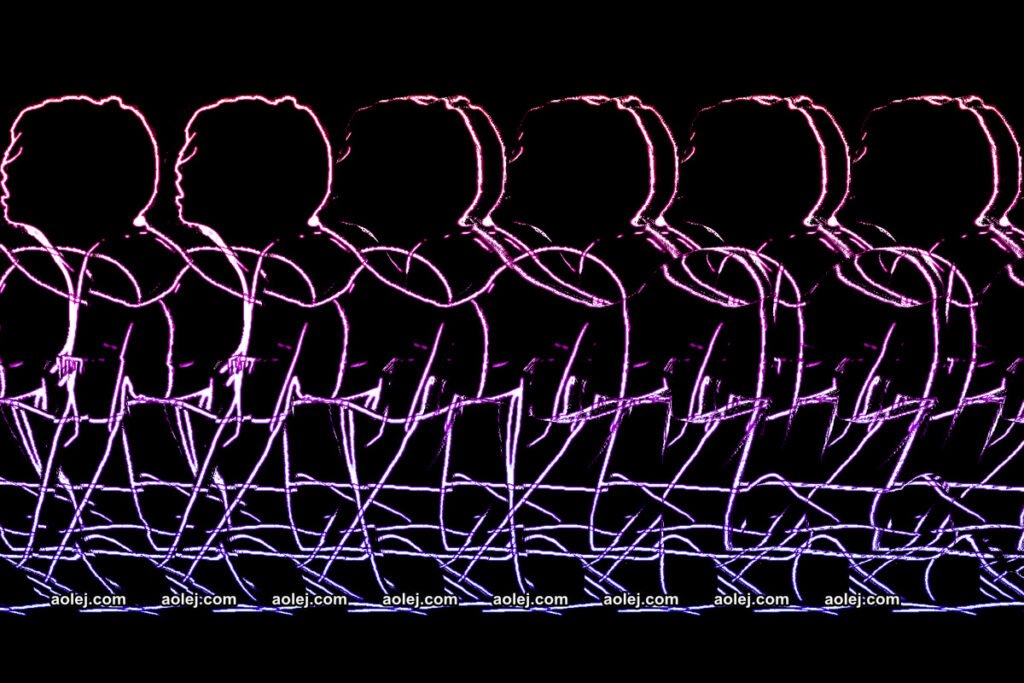
Two different depth types of stereogram
Stereogram test – Test what you see first – parallel or cross view

1. Parallel (Wall-Eyed) Viewing (Most Common)
The first way is called the parallel method. In this method, you need to focus your eyes on a point behind the 2D image.
Focus your eyes behind the image (as if looking through it).
The 3D object will appear to float in front of the background.
2. Cross-Eyed Viewing
The second way is the cross-eyed method. Here, you have to cross your eyes to focus on a point in front of the 2D image.
Cross your eyes slightly to focus in front of the image.
The 3D object will appear sunken behind the background.
Most 3D images are made for the parallel viewing method. When you look at these images correctly, the 3D shape seems to pop out from the background.
If you use the cross-eyed method, the image will look like a cut-out behind the 2D background and will be hard to focus on.

How to view a autostereograms
Techniques for Beginners
Start by relaxing your eyes and focusing beyond the image.
Gradually adjust your focus until the hidden 3D image emerges.
Practice with simpler patterns before progressing to more complex designs.
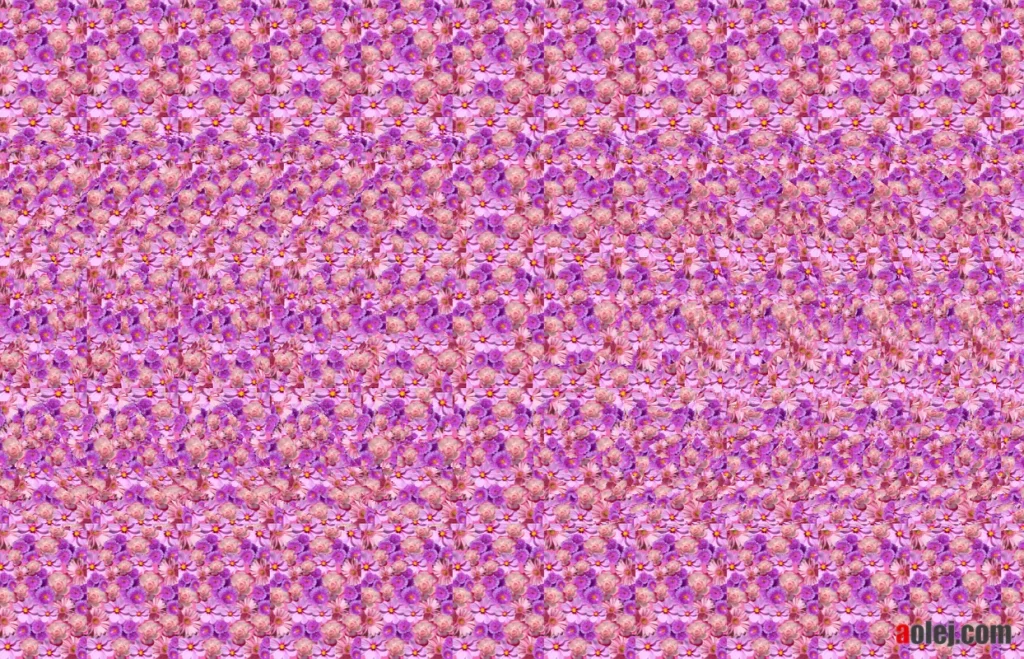
How to view a autostereograms
Techniques for Beginners
Start by relaxing your eyes and focusing beyond the image.
Gradually adjust your focus until the hidden 3D image emerges.
Practice with simpler patterns before progressing to more complex designs.
Helpful Tips for First-Time Viewers
- Relax your gaze – Don’t strain your eyes; let them naturally adjust.
- Use a reflection – Try looking at your own reflection in the image to help defocus.
- Start with simple patterns – Some autostereograms have guides (like a central dot) to help alignment.
- Be patient – It may take a few tries before the 3D image “pops” into view.
Common Challenges and How to Overcome Them
Difficulty focusing: Try viewing from a different distance.
Eye strain: Take breaks and practice regularly.
Poor lighting: Ensure adequate illumination for optimal viewing.
Can Everyone See Autostereograms?
Most people can perceive autostereograms, but some may struggle due to:
Poor binocular vision (e.g., amblyopia or “lazy eye”).
Eye conditions affecting depth perception (e.g., strabismus).
If you can’t see the 3D effect, try a wiggle stereogram (an animated version that helps with depth perception).
Applications of stereograms
Educational Tools
RDS are used in classrooms to teach concepts like depth perception, geometry, and optical illusions.
Therapeutic Uses in Vision Training
Optometrists incorporate RDS into vision therapy to improve binocular coordination and treat conditions like amblyopia and strabismus.
Entertainment and Art Forms
From puzzles to posters, stereograms offer a unique form of visual entertainment and artistic expression.
Creating Your Own stereogram
Tools and Software Available
Numerous tools and software, such as Stereogram Explorer, simplify the creation process.
Benefits of Using stereograms
Enhancing Depth Perception
Regular practice with RDS can sharpen your ability to perceive depth, improving spatial awareness.
Improving Focus and Relaxation
Viewing stereograms encourages relaxation and reduces eye strain, making it a therapeutic exercise for digital screen users.
Cognitive Benefits
RDS challenges the brain, promoting mental agility and improving visual-spatial reasoning skills.

